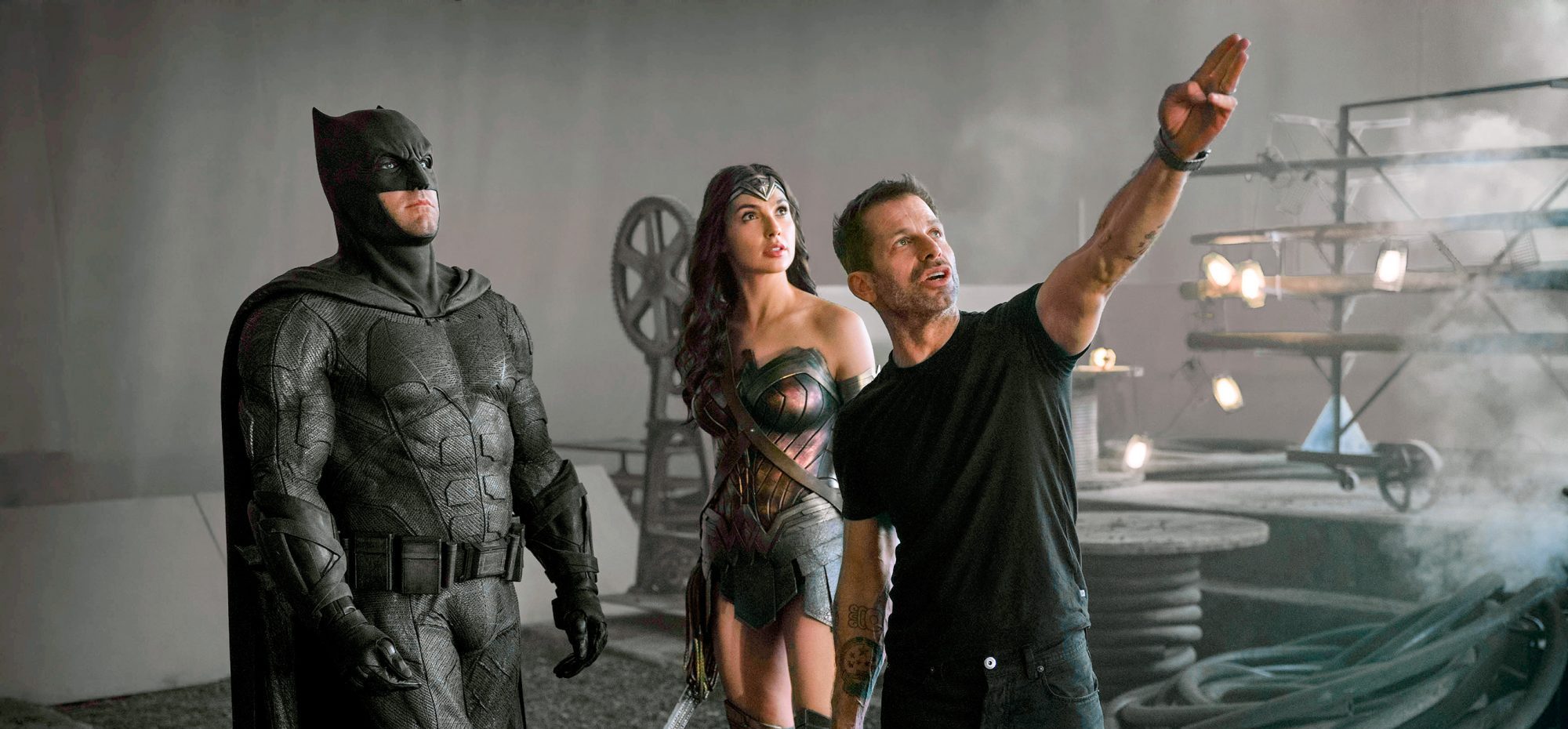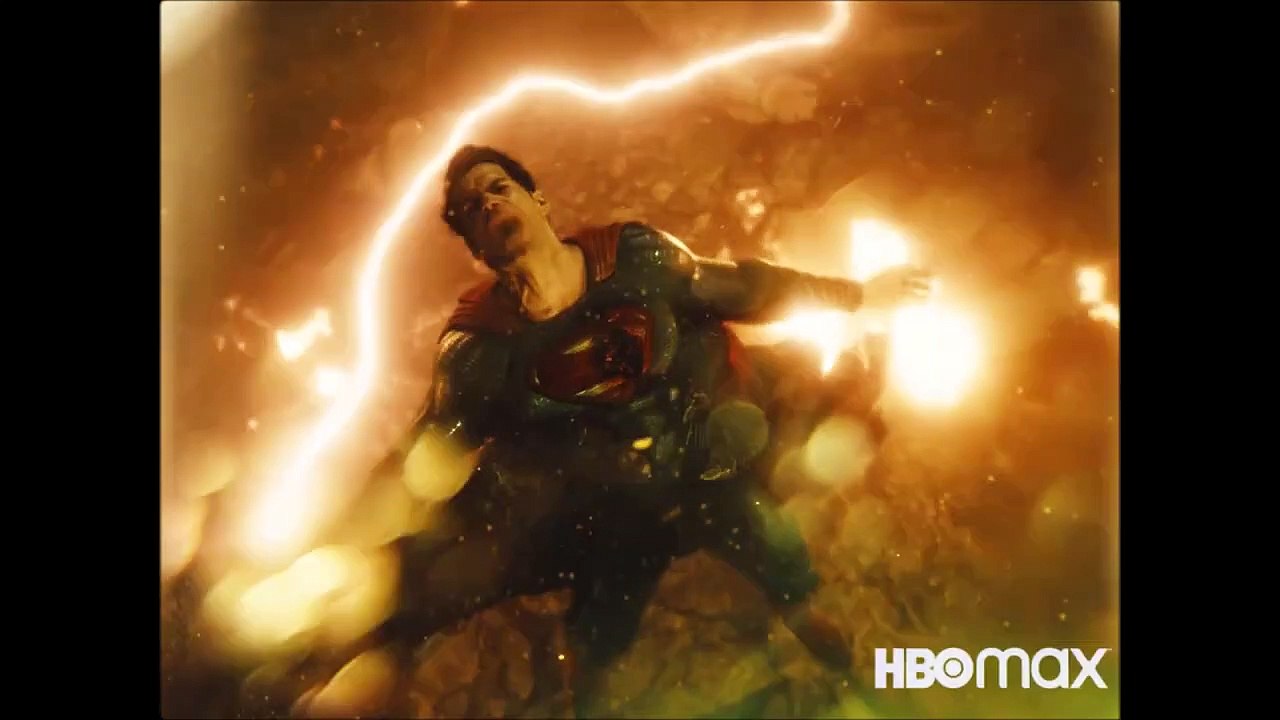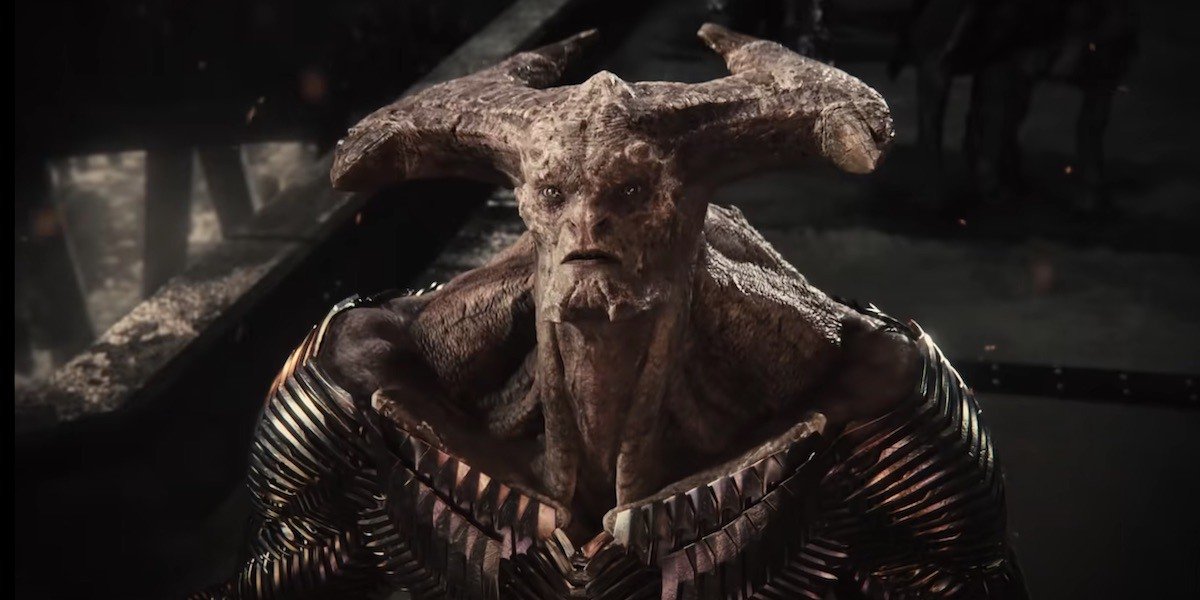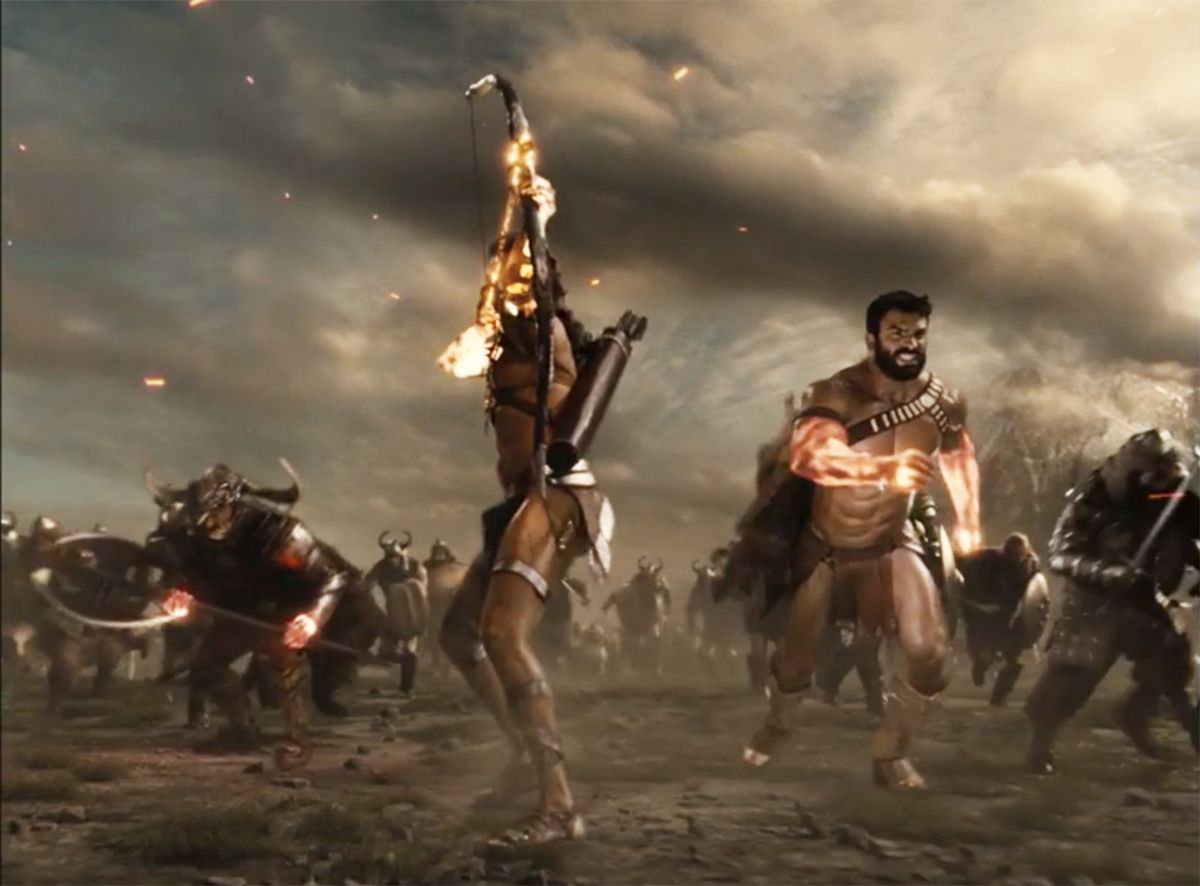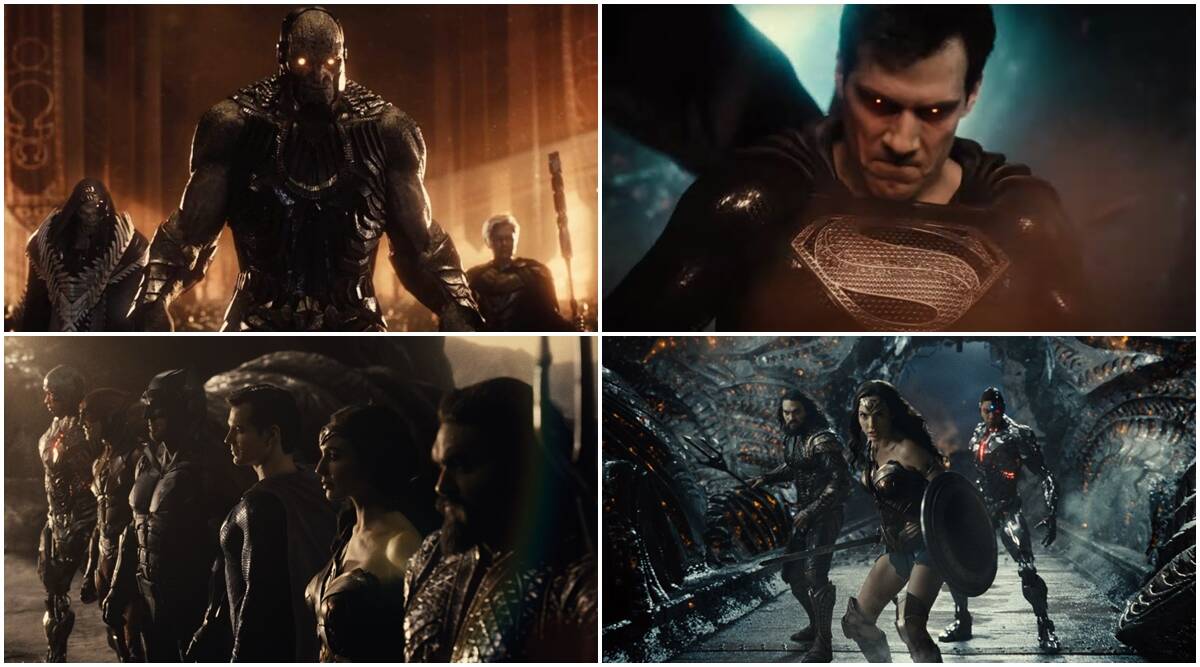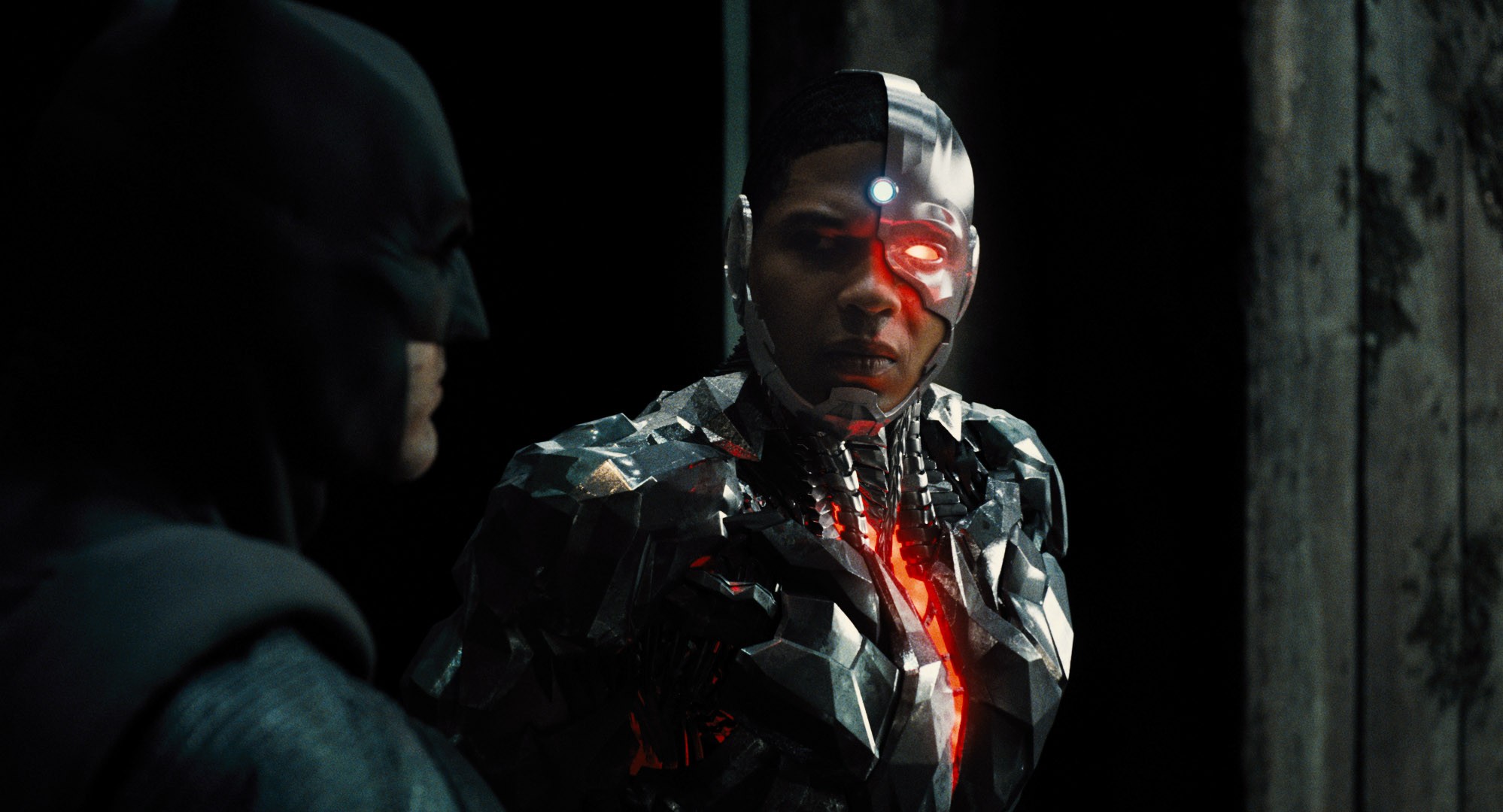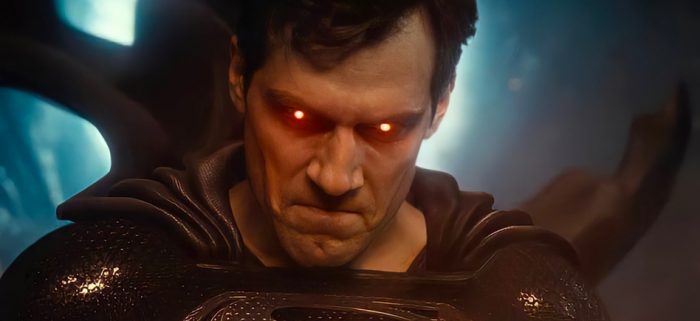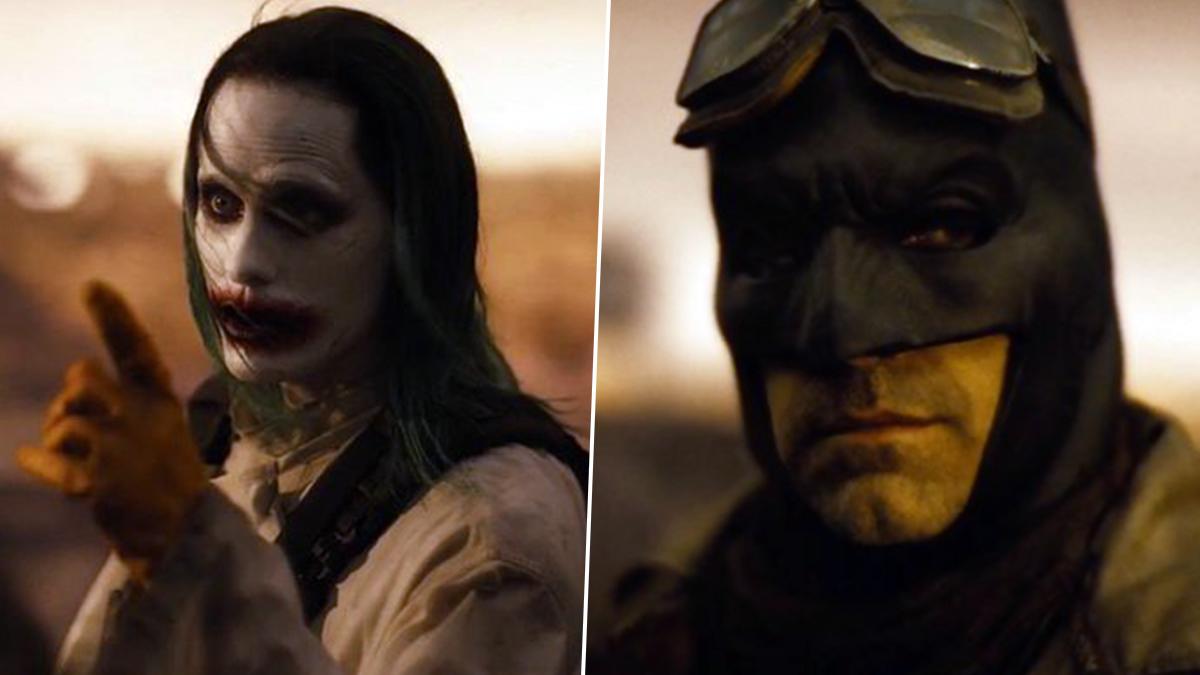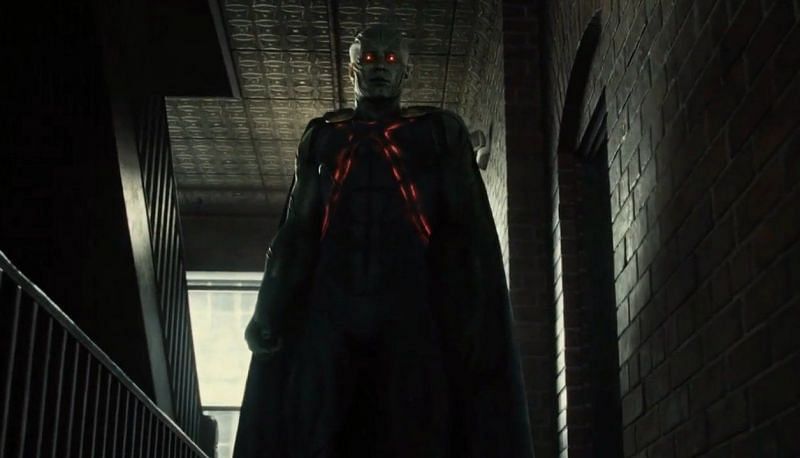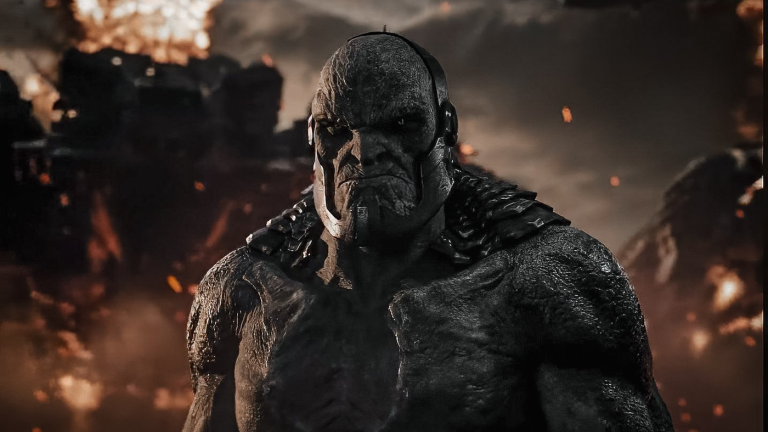Both of the movies were critical and even commercial disappointments despite earning great box office numbers. This is what’s considered to be the start of conflicts between Zack Snyder and WB executives. Zack chose to go bleak and to brood with a relatively darker tone for his movies. Opposite Marvel’s campy and quick public pleasers, DCEU’s starting entries are slow and serious. With a slow-burning and moody style that indulges a bit too much in slo-mo scenes, they didn’t resonate with the masses as much. WB then decided to put more emphasis on a much lighter tone with Wonder Woman and Aquaman. These movies have replicated Marvel’s movie template with a fun and even self-aware tone (Aquaman). And with these movies becoming great successes and the 2017 Whedon’s cut of Justice League bombing, WB has moved on.
Why did the #Releasethesnydercut Start?
But while the WB executives seemed to move on from Zack Snyder’s vision for the DCEU, the dedicated fans did not. The decision to cut Zack Snyder’s Justice League did not sit well with the hardcore DC fans. And when the 2017 cut finally hit theatres, the outrage only grew more fierce. Needless to say, the 2017 Justice League was by far the worst installment of the DCEU. This is made worse when you take into account that its predecessors hadn’t had generally favorable critical or commercial reception. It was a hot mess, made worse by the reshoots and edits. The audience noted the several beats and scenes that were inspired by the Marvel movies. The inspirations were obvious considering Whedon’s work on the first two Avengers films. But the Whedon flourishes were not consistent with the tone fans had become familiar with DCEU up until that point. The decision to go for a different cut for Justice League backfired. The demands for the original cut started making rounds on the internet. Soon, the social media was all too familiar with the hashtags #releasethesnydercut and #sydercut. The demands for the original cut of the Justice League gained traction over time. What started with a loud minority gained a fair bit of mileage with fans petitioning for the original cut. The contention and disappointment among fans stemmed from the post-release details about the difficult production of the film. During its production, the script underwent many changes, likely due to the differences between Snyder and the executives. In 2017, Snyder eventually stepped down after his daughter’s death. Following that, Whedon was called in to oversee reshoots and cut it down to a more conventional runtime.
Zack Snyder’s Justice League Has Finally Arrived
Although the possibility of the Snyder cut was really slim, the studio finally relented. In February of 2020, it was announced that the Snyder cut will be released on HBO Max. After a massive $70 million budget it took to finish, edit, and reshoot, it was released on March 18, 2021. Zack Snyder’s Justice League is slow, long, indulgent, visually pleasant, and definitely an improvement over the 2017 cut. To be honest, I didn’t expect it to be a wildly different version than the 2017 Justice League. The rumors had it that the Snyder cut would be a totally different film, but I didn’t buy it. After having seen the 4-hour cut, however, I was surprised. The film is still fundamentally the same, but it’s consistent with the previous films and feels much more coherent. There are a significant amount of changes, cuts, additions, and modifications from the 2017 cut. Also Read: Snyder Cut Reveals The List Of Chapters For HBO ‘Justice League’ Here are the 10 biggest differences between Zack Snyder’s Justice League and Whedon’s 2017 cut:
10. From PG-13 to Rated R
The blood is also spilled at the scene of the Old Heroes defeating Darkseid and his armada. The battle, as narrated by Wonder Woman, saw much blood being spilled. We see a Green Lantern’s hand being sawed off by Darkseid and the killed. We also see the Greek god Ares taking an ax to Darkseid’s shoulders and chest, spilling buckets of blood. There’s also Steppenwolf smashing an Atlantian on a seaside rock. Later, he is attacked by Mera with her crazy water-bending skills making his blood spill out of his body. At the climax, Steppenwolf is stabbed by Aquaman, punched by Superman, and beheaded by Wonder Woman.
9. Zack Snyder’s Justice League Restores its 1.33:1 Aspect Ratio
Many people might be surprised to see the format Zack Snyder’s Justice League has decided to adopt. It follows the 4:3 format, with the film covering a square portion of the screen with bars on either side. It’s a much more understandable choice when you watch the movie on a big screen. The aspect ratio for the film is 1.33:1, which resembles a square instead of a widescreen format. This is due to Zack Snyder’s creative choice to shoot at IMAX and show it in the same format. Compared to the conventional 2.39:1 ratio used for action movies in the last two decades, 1.33:1 captures much more. Instead of bars on the top and bottom of your screen, you’d find them on the sides this time. The reason why it’s in the 4:3 format is that Zack Snyder wanted it to be that way. He, like many other filmmakers like Christopher Nolan, wanted to shoot it in IMAX and have it shown on an IMAX screen too. Although it might seem to the viewer that the format captures less than the conventional one, it’s actually the opposite. The conventional cut for the film (which was the 2017 Whedon cut) would have compromised on the vertical spaces. So what you would have seen would be cut down head and bottom spaces. This format presents a complete picture of what the camera captured.
8. Junkie XL Score is Restored
One of the changes from the 2017 cut you’d discover in the Snyder cut is the musical score. Danny Elfman was brought in to change and add to the Junkie XL score in 2017. Now that Snyder cut has arrived, the film has restored the original Junkie XL score. This one feels significantly more punchy and dynamic than the 2017 one. The theatrical release had replaced the metal and energetic score of Junkie XL. The original score has much more of an in-your-face and hyped score.
7. Zack Snyder’s Justice League Runtime is Double that of The 2017 Release
Zack Snyder’s Justice League comes at a hefty 4+ hour-long runtime. This is almost double the runtime of the theatrical cut. But I think it doesn’t as much show how much of the original version was cut as much it shows the creative choice of Snyder. It can be understood why the studio would want a cut-down version of the film for its theatrical release. A 4-hour cut is not feasible to turn the maximum box-office. There can only be so many times you can show your film on a screen in one day. The shorter the runtime, the more the amount of time it can be screened in a day. It’s only natural then for the studios to opt for a shorter and conventional under the 2-hour cut of the film. The bulk of the 4-hour runtime is also the additional footage Snyder shot, plus his knack for slo-mo shots. The runtime has been one of the big topics of criticism for the Snyder cut. It can feel bloated at times. It can also make you lose interest. The movie is compartmentalized into 6 different narrative parts, with an epilogue at the end. There were also talks of releasing it like a 6-part miniseries, which I think would have been better. The parts work on their own very well. It was definitely considered at first, but knowing Snyder’s vision for his work, he would have wanted for it to be a film. Even though it might be slow and long, the striking visuals often make up for them.
6. Fleshed Out Extended Scenes
Going into the film, I certainly believed that there would be additional footage and scenes, albeit sporadically dispersed throughout. But I was surprised at just how much of the scenes was cut out. The extended fight scenes and scenes, in general, are much better and properly fleshed out. Wonder Woman’s initial fighting scene at the bank is significantly better than the theatrical one. Watching that scene only gives you an idea of how the rest of it is going to roll out. I was pleasantly surprised at watching how much better Wonder Woman’s action scene looked. The rest of the fight scenes also contain a lot more than the theatrical release. These include the climactic battle between the Justice League and Steppenwolf, the battle between Darkseid with his armada and the old heroes, and the fights at Themiscyra and Atlantis. The scene of Clark, Louis, and Martha’s reunion is also longer than the theatrical cut. There are extended scenes and straight-up new footage with Cyborg and Flash. The confrontations between Cyborg and his father have more than what the 2017 cut showed. It also fleshes out their characters, dynamics, and relationships more. Flash aka Barry’s scenes are extended, so are Louis Lane’s, with her grieving and contending with Clark’s death. There’s so much more of Alfred that we get to see here, which we didn’t before. The Knightmare sequence is also extended with totally new footage at the end.
5. Zack Snyder’s Trademark Visual Aesthetic: How Snyder Cut is an Improvement Over 2017 Justice League
One of the stark differences between the theatrical cut and the Snyder cut is the look of the film. Joss Whedon’s cut of the film did away with the dark and de-saturated look and instead went with a much brighter look. It’s also the reason why the 2017 cut looks so inconsistent with the previous DCEU entries. The scenes are more exposed, and the colors all popped out. Snyder’s cut is much more somber and moody in terms of saturation levels and exposure. Another obvious difference is how the 2017 cut has that orange tinge to it. The color grading in the Snyder cut is much more subtle and colder. This version restores the original dark and high contrast that Snyder is come to be known for. He brings his trademark visual aesthetic to the film. And although he’s been criticized for it previously, it’s the perfect choice for this film to maintain consistency. The climactic battle of the film is no more washed up by a reddish-orange palate. This was one of the uglier aspects of Whedon’s cut. The Snyder cut makes the visuals pop out way more than the theatrical cut. The overall look of the movie was one of the strongest aspects for me.
4. Comedic Dialogues Are Handled Well
The Snyder cut has none of those awkward jokes borne out of sexual subtext. The joke with Flash falling on top of Wonder Woman is nowhere to be seen. Or the scene with Aquaman sitting over the leash blurting out his feelings for Wonder Woman. Batman is not unnecessarily and out-of-character goofy or cracking jokes. This was also one of the major contentions the fans had with the theatrical cut. Whedon seemed to bring the type of humor we’ve come to associate with Marvel movies at this point. And they might be funny in a different setting like a Marvel movie, but it feels off in Justice League. The film still has comedic jokes, but they don’t quite feel out of place. Barry is still the comedic relief, but the jokes feel much more in tune with the movie. Most of the jokes are made by Flash, but it’s not like the rest of the characters are nuts stern, and stoic. They react and participate in his jokes but only to the extent that feels appropriate for them. Cyborg doesn’t say “Booyah” or share the comedic moment with Supe after disassembling the mother boxes. And it’s for the better. The humor doesn’t feel hamfisted and like it’s there to replicate Marvel’s brand.
3. CGI Hits and Misses
The CGI in the Snyder cut is, except for a couple of iffy instances, significantly better than its 2017 counterpart. The CGI for Darkseid and Steppenwolf is leagues better. Steppenwolf now seems much more of a threat and a menace as an extraterrestrial warlord should be. His body armor is better and looks more advanced than want he donned in the theatrical cut. One thing I noticed about Steppenwolf’s appearance, however, is his eyes. I haven’t seen anyone talk about it much until now, but Steppenwolf’s eyes seem much more expressive and hilariously cute. Other than that, Desaad and Darkseid’s avatars appearing out of that slab thing looked very cool. The CGI for the Boom Tube could have been better. It just seemed very cheap and retro. In one scene where Lex Luthor is half-submerged in the waters inside of Superman’s ship, the CGI looks bad. In the visualization scene with Cyborg, the land under him looks like the land in Linkin Park’s In the End. There are a couple of instances like that that feel a bit off and can take you out for a bit. But the rest of the movie looks pretty good. One major thing the Snyder cut doesn’t have the abomination of the CGI removal of Cavill’s mustache. That infamous CGI effect was an eyesore and went on to become a meme. Thankfully, you have none of that on here.
2. There’s a Flurry of Added Scenes
Cyborg
There’s a series of new scenes that have either been added to the cut or restored from the original footage. You have entire chunks of important backstories of Cyborg in the Snyder cut. You can see the conflict between him and his father fleshed out through new scenes of them interacting. And also the reason for those conflicts — something that’s contextualized through Cyborg’s backstory. The scenes of him winning the rugby match and his mother cheering for him are new. There are also interactions between him and his mother that are new. We get to watch an entire section of a financially struggling woman being helped by Cyborg. Also, his scenes of defeating the unity and his mind palace scene are new.
Flash
Flash has entirely new scenes with him saving his comic book love interest Iris West. He also new scenes of him applying for a new job. Not only that, but he, along with Cyborg, has some of the most crucial new scenes. They both are pretty much the heroes of the film from what the new scenes show to you. Flash has an entire scene at the climax that essentially saves the Justice League. It’s when he breaks the speed limit and goes beyond the light-speed, reversing time one step at a time. This new action of him reversing time hugely changes the story. He becomes the MVP among the Justice League. All of this was missing from the 2017 theatrical cut.
Superman
Superman wears his classic black suit after his revival. This is comic-book accurate and something that yeh Whedon cut decided to drop for some reason. Superman also has a brief interaction with Alfred before heading off to the climactic battle. His reunion with Louis and his mother is also new that was absent from the theatrical release. In the climactic battle with Steppenwolf, he gets to do little more than just him. In the new scenes, he yet again pummels Steppenwolf to the ground, this time with doses of heat-vision.
Wonder Woman
Wonder Woman also gets new scenes in the Snyder cut. There’s a whole scene of her discovering about the Darkseid at the hidden Greek caves. She also narrates the old battle of earth and Darkseid to Bruce Wayne. She also gets to finish off the climactic battle with a beheading slash to Steppenwolf. Apart from that, she also gets to have a few cool fighting scenes with Steppenwolf.
Batman
Batman gets new scenes and sidequests in this cut. While he was hilariously punted off by the revived Superman in the theatrical cut, he holds his own here. Although only a bit, his energy dissipating gauntlets are a great improvement over his defeating performance against superman before. There are different new scenes of him going to enlist Aquaman and fights with parademons. Most importantly, however, are the completely new scenes of his Knightmare sequence.
Martian Manhunter, Knightmare Sequence, and Joker
Apart from our main superheroes, we also get new scenes with different and new characters. There are a couple of scenes of Silas Stone interacting with Ryan Choi. He goes on to become the superhero Atom in the comics. Other major additions are the surprising scenes of Martian Manhunter making his first appearances as himself. We see him first after meeting with Louis Lane, shapeshifted as Clark’s mother. We then see him again at the end, meeting Bruce at his house and introducing him. There’s also a whole new Knightmare scene set in what seems to be an alternate timeline. This timeline has Batman joining hands with Deadshot and making a truce with the Joker himself. This timeline also has the remnant of Justice League fighting against an evil Superman.
1. Zack Snyder’s Vision For the Justice League is Significantly Different than the Theatrical Cut
The Snyder cut changes the storyline in many ways. The history lesson that Diana gives Bruce is way longer here with a couple of alterations. The historical battle takes place between Earth’s factions and Darkseid and not Steppenwolf, like in 2017. The ending battle between the heroes and Steppenwolf is also very different. Cyborg’s story and his contribution to the story are incredibly different. What’s more, is that Flash does the most crucial part of the job. He acts as the central cog to the machinery of the plot. The heroes at the end are too late to separate the mother boxes and get enveloped by the blast. That’s when Flash turns back time by breaking the speed rule. He goes back in time and gives the team much-needed time to finish the job. The Knightmare scene returns with a sequence at the end that builds upon the one in Batman v Superman. Steppenwolf is not merely injured and defeated this time but brutally killed and sent back to Darkseid. The Knightmare sequence also changes certain plot points and sets up the sequel to the film. You can currently stream Zack Snyder’s Justice League on BookMyShow.com. Also Read: Also Read: Jack Reacher TV Series: What We Know So Far
